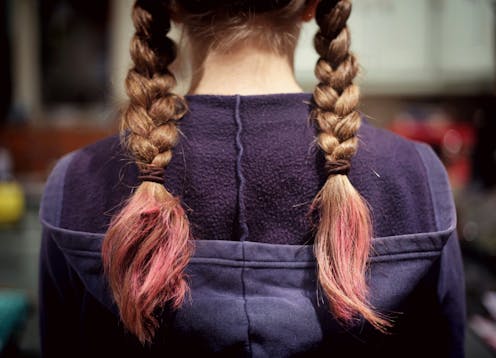A Queensland dad recently took his four-year-old son out of the Gold Coast’s A.B. Paterson College because the school had ordered the boy to cut his long hair.
“Like other private schools, we have a uniform policy,” school principal Joanne Sheehy said . “Ours is intended to encourage all our students to be well-presented, respectful and unified.” The story is a familiar one.

Disputes over school uniform policies are repeatedly making the media. Frequently, these disputes concern hair. This includes students being barred from class photos for “unnaturally” coloured hair or a teacher cutting a student’s long hair .
Students have also been disciplined for wearing cultural hairstyles such as braids, or turning up to school with styles such as mullets . These stories are all part of a larger phenomenon I have examined in my new research : school policies on hair often enforce an idea of “good taste” that favour certain norms around gender, class and race. My research examines the hair polices of 50 senior high schools in Queensland (for students in Years 11 and 12).
It looked at what the policies are and how they are justified by schools. This sample included government and independent schools. The independent or private schools were divided into Catholic and Protestant schools.
The schools came from a wide variety of locations, regions and socioeconomic contexts. Hair policies are often a subset of a broader uniform policy that can cover makeup, jewellery, sho.
















